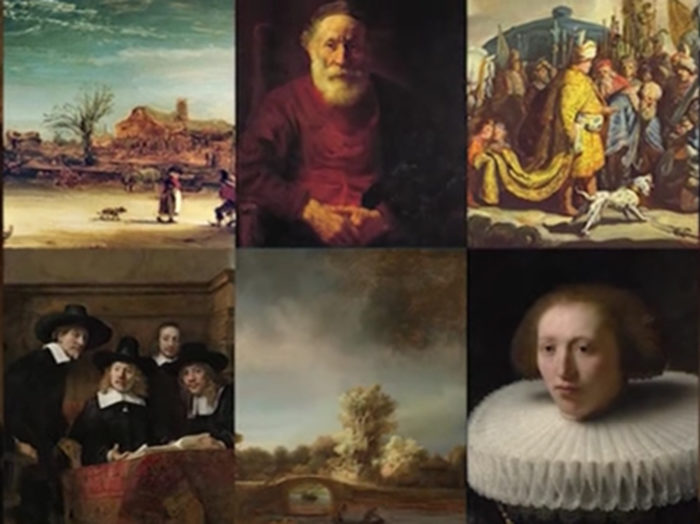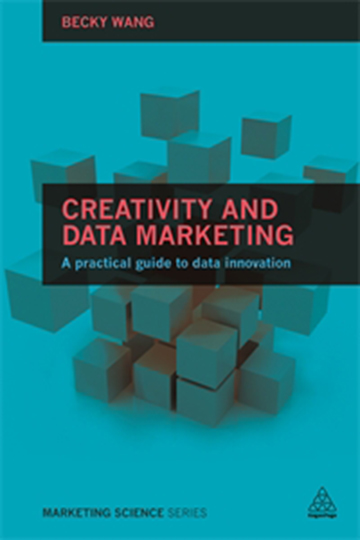Go beyond analytics and consumer insights, says Becky Wang. Modern marketing is about creativity and data, about designing services, products and communications that combine to take marketing to an inspirational level.
The exponential growth of ways to reach and connect with customers is dizzying for any marketer to orchestrate, let alone participate and understand. Marketers have always relied on agency partners, though these days, it’s more common to work directly with technology vendors, internal teams and a range of consultants to help implement the marketing technology stack that is now necessary to get the actionable insights and return on effort of marketing programs.
All marketers need the baseline skill of reading and interpreting metrics, reporting and analytics. They also need to be familiar with data management principles (ie, what makes good data, data quality, data completeness, data governance) and analytical strategies (when to bring in a data science versus a technologist).
It’s a lot.
Marketers need internal teams and external partners as the industry (and culture and technology) continues to evolve. They not only need service partners to execute, they need experts, partners and consiglieri to help them navigate the technology, the tools, the formats, the need for interoperability with a diverse range of partners like Facebook, Google, Amazon, and the next generation of distribution and media start-ups.
Of course, they’ll still need your branding, creative advertising, media agencies, but we now have a wider field that requires players and partners who know what they’re doing.
Some considerations for creativity and data:
- Focus on specialist agencies, especially ones with a process based on scientific method, design-thinking, or computational design. There isn’t a single one-stop shop, yet. Marketers today have to be able to ask the right questions. The DNA of your agency partners matters in this new era of marketing. An employee at a segmentation company once commented that they needed to “work on their creative” by hiring more creative directors in order to own more of their client’s spend. While it is important to find partners who are both fluent in data and creativity, marketers need to dig deeper and ask if they have a process for how they work together. Throwing players at the problem doesn’t mean that a holistic solution will emerge. This won’t always be the case, but there are not enough agencies that focus on the next step. Focus on companies that are clear about their value and were built from the ground up, as combined creative and analytic companies. There are more than you realise.
The design-thinking process is a series of steps of steps – helping to define the problem from the perspective of the customer and then implementing solutions in a way that helps us observe, gather data and iterate to a better solution. This is different from most marketing processes, which focus first on the brand or product. Design-thinking can bring analysts and creatives together by integrating right-brain imagination, artistry and intuition with left-brain logic, analysis and planning.
- Think about content marketing like publishers do (with a twist of service).
Last year, publishers reported a 42% decrease in referral traffic from Facebook. Publishers need new ways to reach their audiences, and have been moving to new forms including eBooks and podcasts as well as Medium, which has built-in social features. Publishers are also leveraging Adobe’s Publishing Suite and publishing digital magazine apps.
A lot of content for content marketing, either B2B or B2C, is often built like campaigns – focusing on the insight and then creating a single outcome like a video. Instead, newer consumer platforms like Snapchat or Live video (for businesses) emphasise the process of experimentation and creation and create experiences around content rather than focusing on the content itself. For example, many B2B companies create one-size-fits-all thought-leadership pieces, but find little uptake. Instead, companies can create personalised content for influencers and power users by leveraging their company or available data to demonstrate value.
Another publisher tool to consider is chatbots for the delivery of content. Chatbots, powered by artificial intelligence, are a way to deliver customer service and relevant content based on customer query.
- Watch for the integration of Artificial Intelligence . . . in analytics and customer engagement. In September 2016, Google announced their automated insights tool in their analytics platform. At the same time, Salesforce announced their Einstein product, a predictive scoring product for lead generation. While these tools are designed to help with analytical insights generation, the technology is new and, therefore, not perfect. It’s important to be able to ask questions of vendor partners to understand the logic of the analysis.The life-blood of machine learning, predictive analytics and artificial intelligence is data. The more data you have, the more intelligent a machine can become over time. So, be clear that many models are still in their infancy stages and still require a human, experienced guide.

- Creative data. Last year, JWT won the Grand Prix for Creative Data for their project called ‘The Next Rembrandt’ for ING Bank. This campaign brought back to life one of the greatest masters of all time to create again. JWT leveraged facial recognition and machine learning to analyse all 346 paintings by Rembrandt. With data as the paint and artificial intelligence as the painter, The Next Rembrandt is a 3-D printed work of art of computer-generated facial features and brush strokes to look like his work.
Work like this is just the tip of the iceberg in terms of demonstrating the power of data in creative ways that inspire. This year, as more tool kits, libraries and frameworks become available for open source use, we’ll see more creative ideas by agencies, start-ups and devoted fans.
The future of data and marketing is no longer about analytics and consumer insights. It’s about the boundaries we can bend and break in the name of designing services and digital products, as well as communications, to market effectively and creatively.
Read also:
The power of data – data may be the new oil, but it’s only valuable if you have a reliable engine
Intelligent ABM: Why data is your passport to success








Leave your thoughts